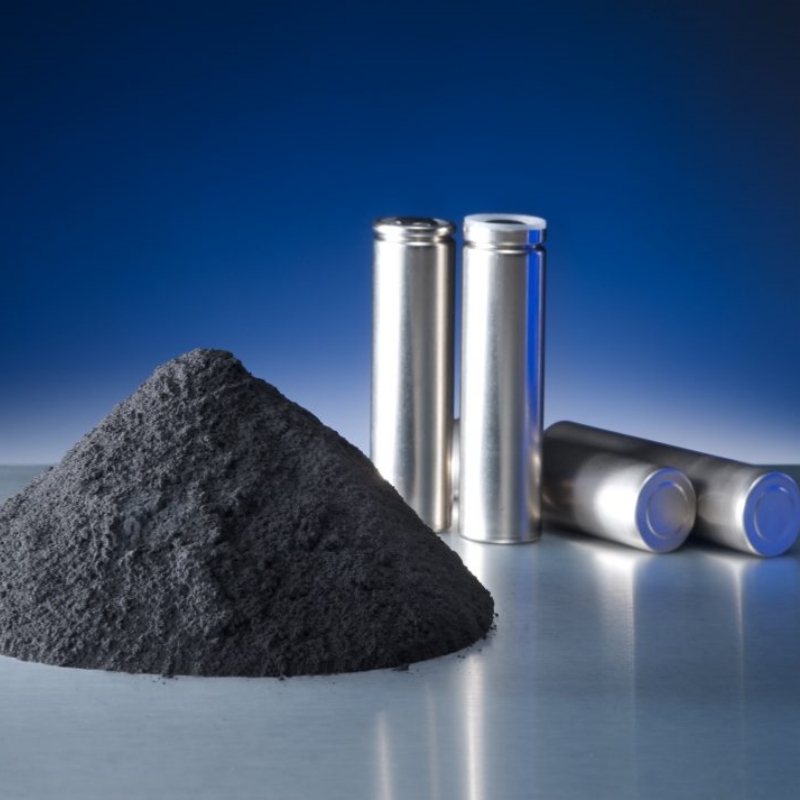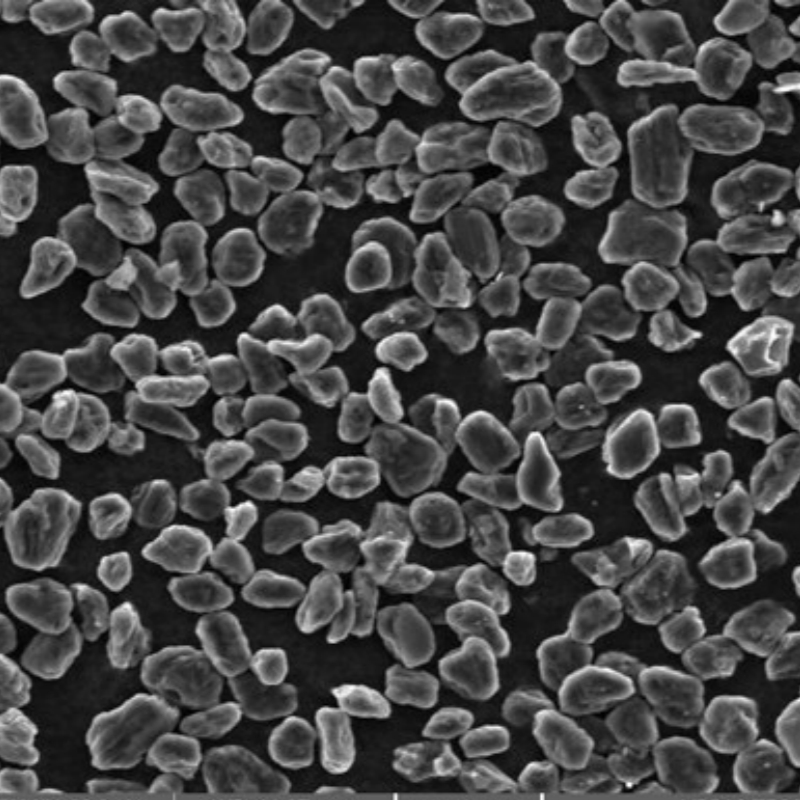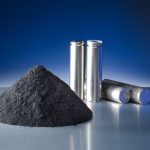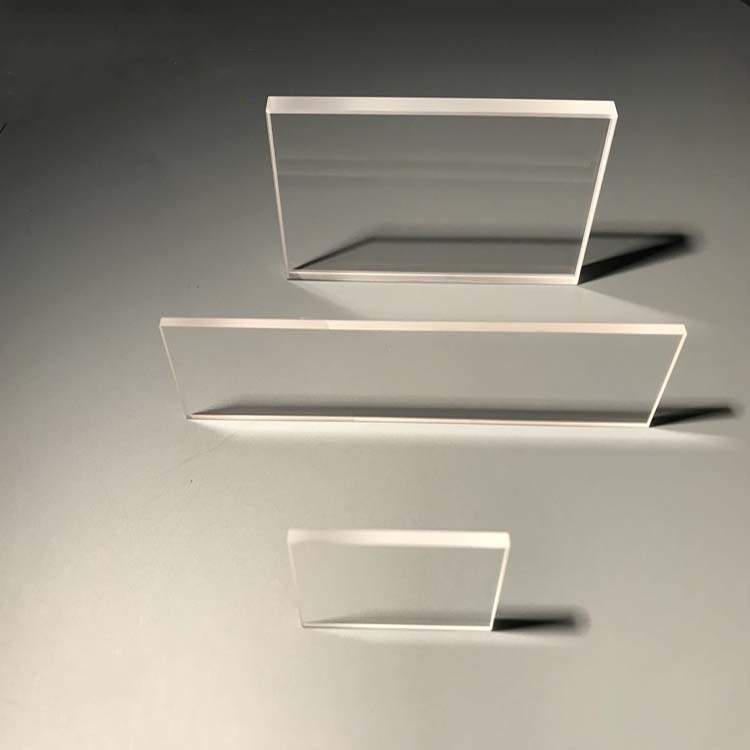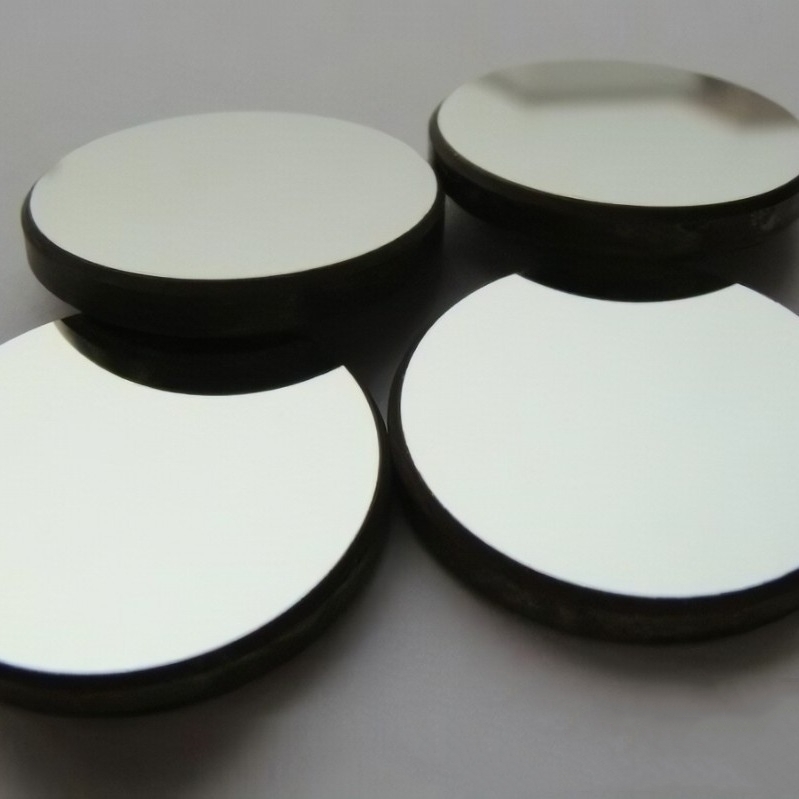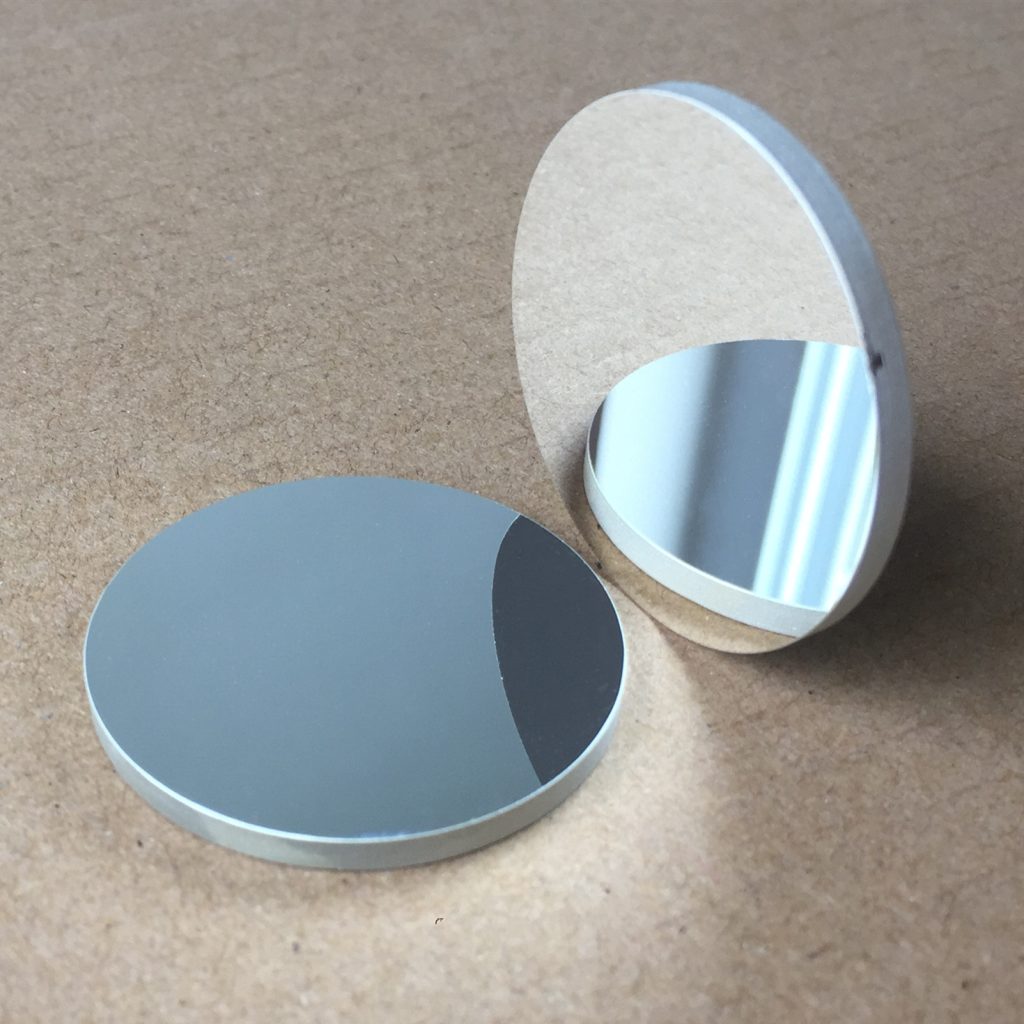Lithium-ion battery anode material is a high-performance electrochemical component designed for applications requiring superior energy storage, optimized charge/discharge cycles, and extended lifespan. Manufactured using advanced carbon-based and silicon-enhanced materials, this anode delivers enhanced conductivity, improved lithium-ion diffusion, and stable structural integrity. It is widely used in electric vehicles, consumer electronics, grid energy storage systems, and high-power battery applications, ensuring reliable and efficient performance.
Product Overview
This lithium-ion battery anode material features excellent electrochemical performance, making it ideal for high-energy-density lithium batteries. Manufactured through a stringent production process, the product boasts a high specific capacity (≥340 mAh/g) and a low true density (≥2.22 g/cm³), ensuring superior energy storage capabilities. The particle size distribution is controlled between D50 16–22 μm, optimizing battery cycle life and stability. Additionally, the high specific surface area (3.2–3.6 m²/g) and low tapped density (≥0.95 g/cm³) further enhance the material's performance and longevity in battery applications.
Key Features
- High Specific Capacity (≥340 mAh/g): Enhances the energy density of the battery.
- Low True Density (≥2.22 g/cm³): Ensures a high storage capacity for energy.
- Optimized Particle Size Distribution (D50 16–22 μm): Enhances battery cycle life and stability.
- High Specific Surface Area (3.2–3.6 m²/g): Increases battery efficiency.
- Excellent Cycle Stability and Charge/Discharge Performance: Ensures long-lasting battery performance.
Applications
- Portable Electronics: Used in devices like smartphones, tablets, and laptops.
- New Energy Vehicles: Applied in electric vehicles (EVs), electric bicycles, and other electric transportation.
- Energy Storage Systems: Ideal for large-scale energy storage applications.
| Item | Value |
| Specific Capacity | ≥340 mAh/g |
| True Density | ≥2.22 g/cm³ |
| Particle Size Distribution | D50 16–22 |
| Specific Surface Area | 3.2–3.6 m²/g |
| Tapped Density | ≥0.95 g/cm³ |
| Bulk Density | ≥1.5 g/cm³ |
 new material
new material

